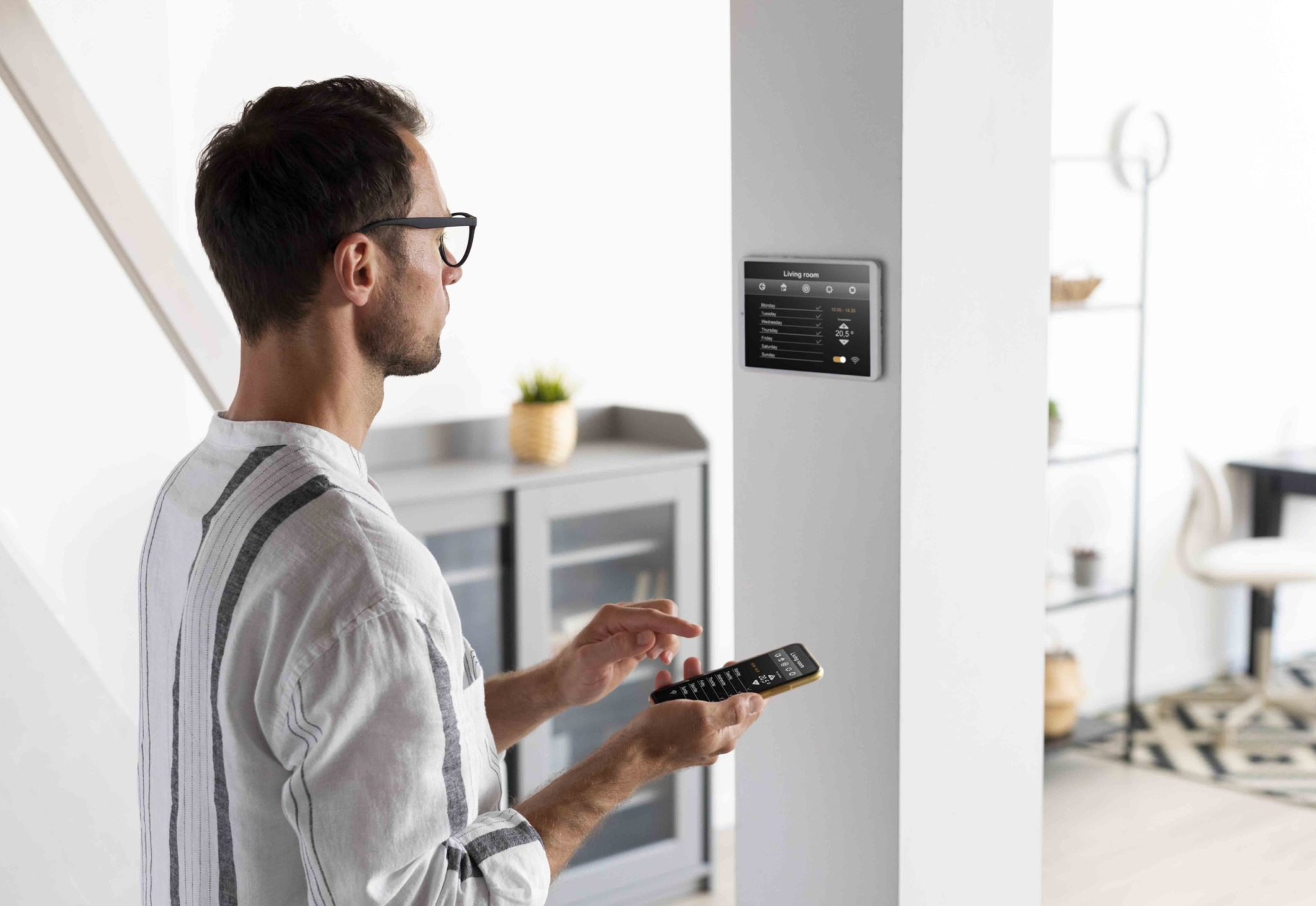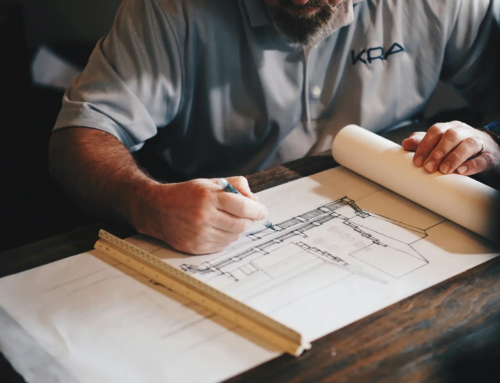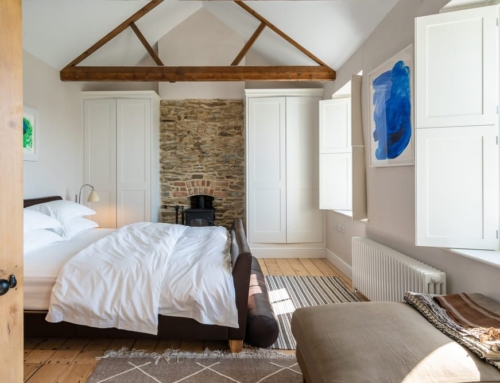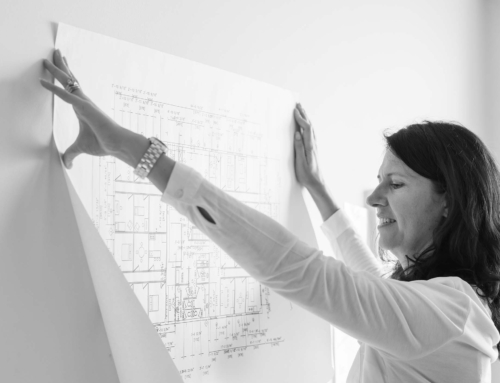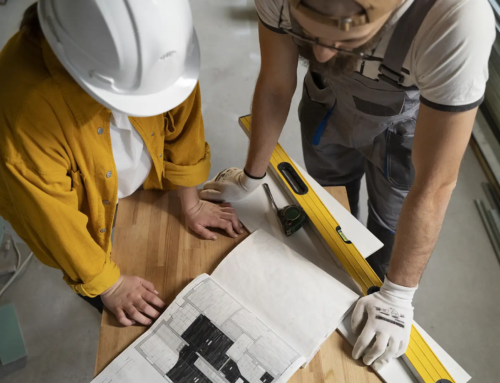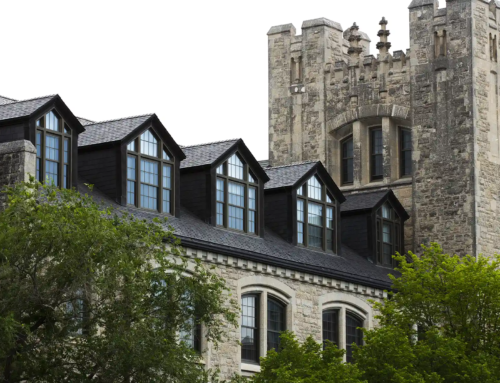What is smart technology?
In today’s digital era, smart technology is seamlessly integrating into our homes and workplaces, offering a new level of convenience, efficiency, and safety. Smart technology covers a wide range of systems from voice-controlled lighting to adaptive thermostats, these innovative systems enhance our daily lives with remote management via WIFI. In this blog, we explore the benefits of incorporating smart technology into your new space.
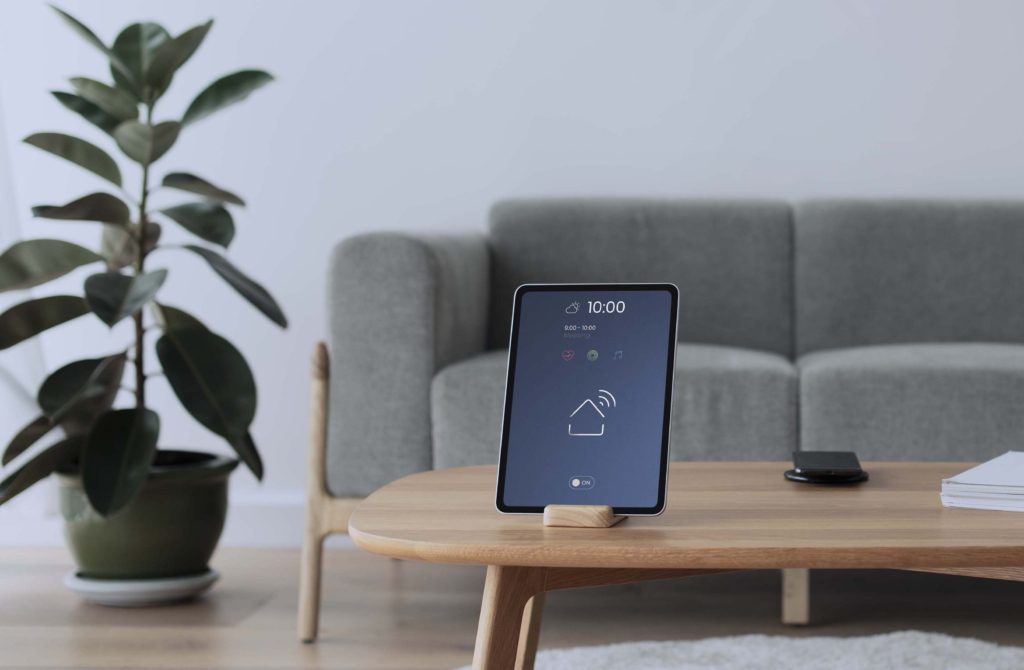
Architecture
From an architectural perspective, “smart” architecture offers intelligent design solutions that optimise space usage, enhance aesthetic appeal, and improve functionality. Whether it’s a meticulously planned ventilation system promoting natural airflow or windows designed to harness optimal sunlight, every detail is purposefully crafted. From using the most eco-friendly building materials to incorporating greener technologies like solar panels and rainwater harvesting systems, smart architecture perfectly balances innovation and environmental responsibility.
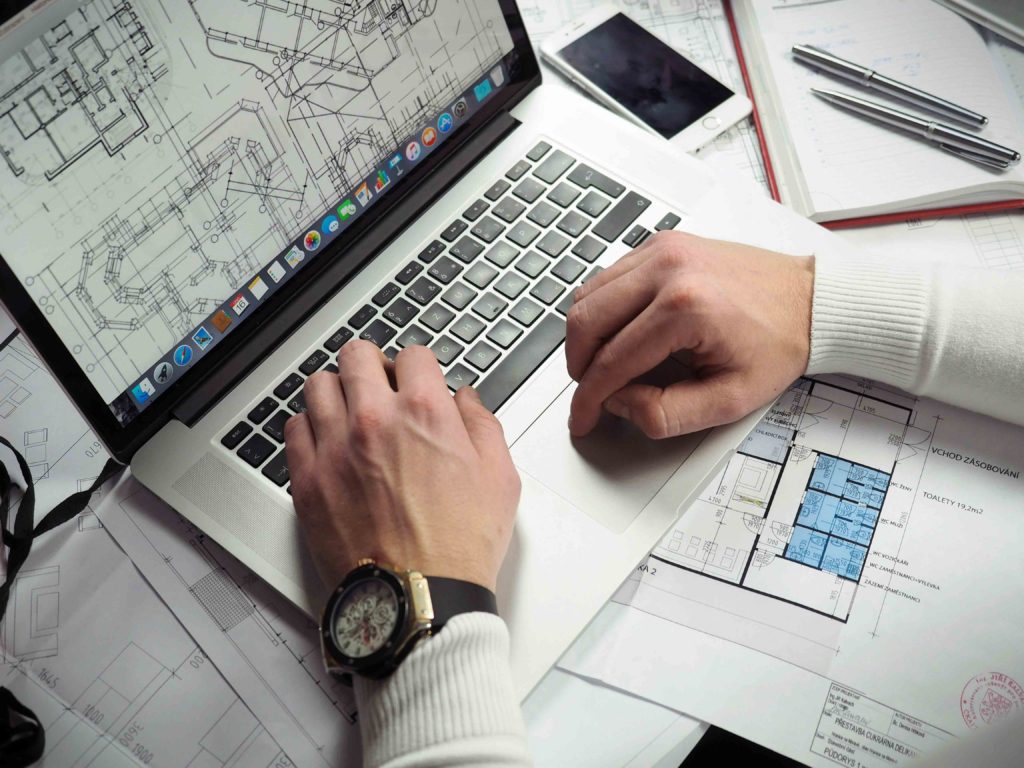
Speakers
Smart speakers enhance entertainment by streaming music, audiobooks, and podcasts using devices equipped with AI virtual assistants like Alexa, Google Assistant, and Siri. They can perform various tasks through voice commands, such as providing weather updates, setting reminders, controlling other smart home devices, and answering any questions you may have. These smart speakers can be connected to audio systems and even speakers fitted to ceilings. With the option for multi-room audio, you can provide high-quality sound throughout any space. This hands-free operation allows users to multitask efficiently.
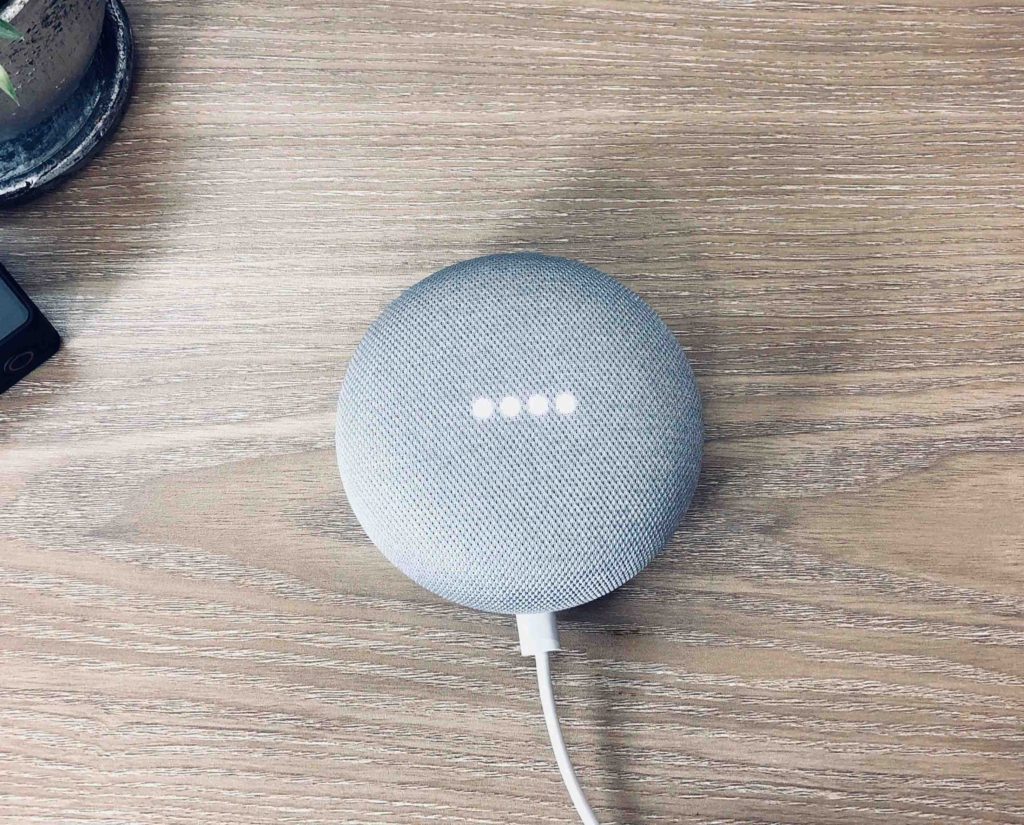
Lighting
Smart lighting systems offer remote control and programmable adjustments to lighting systems, enhancing energy efficiency and convenience. Benefits include reduced energy consumption, improved productivity, customisable settings, and safety with automatic activation. Integration with other smart systems is possible, like thermostats and security systems. Before installation in offices, consider factors such as convenience, energy efficiency, and compatibility with existing infrastructure.
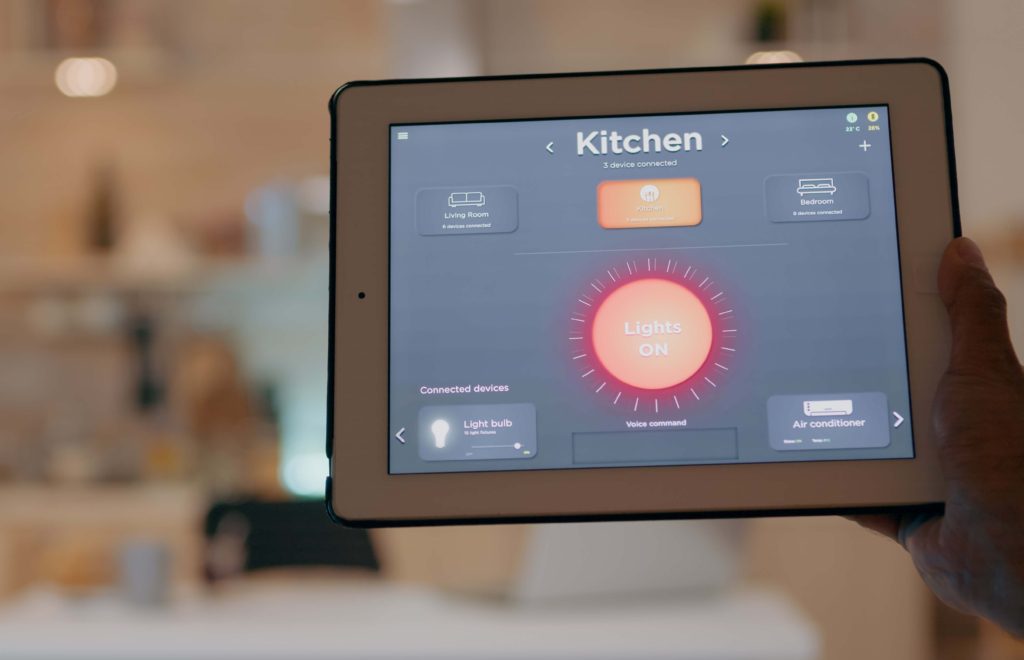
Thermostats
A smart thermostat is a digital device that controls your home’s air conditioning and heating through WiFi. While it performs all the functions of a traditional thermostat, it also allows you to check and control the temperature remotely through an app on your phone. Many smart thermostats use machine learning to optimise your home’s energy usage based on your habits and preferences. The main benefits of using smart thermostats are energy savings, access from anywhere in or out of the home using the app, alerts if there are sudden changes in temperature or power cuts, and they even remind you to change the air filters.
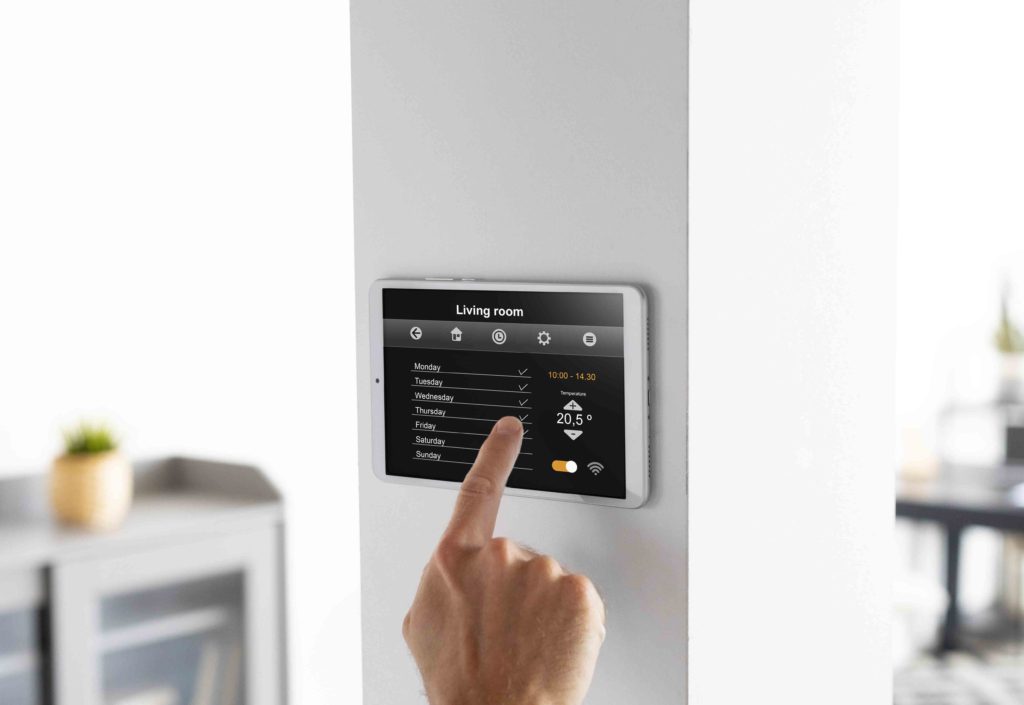
Smart meter
A smart meter is a digital device that records real-time electricity usage and costs, it automatically sends this data to your utility provider, ensuring accurate and timely billing. It eliminates the need for manual readings and provides detailed insights into your energy consumption, helping you identify ways to reduce usage and save money. With remote monitoring capabilities, smart meters offer convenience and control, allowing you to track your energy use through the meter itself, online portals or mobile apps. To get a smart meter you’ll need to contact your energy supplier.
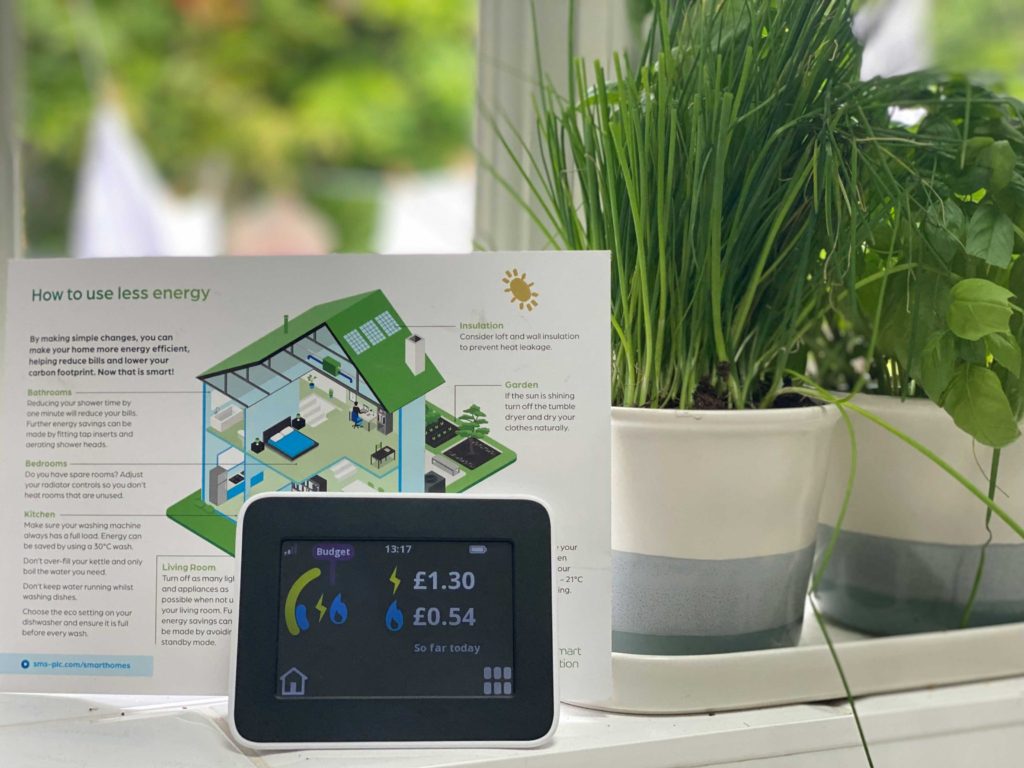
Security systems
A smart security system is a network of devices aimed at boosting security measures via remote monitoring. Common features include surveillance cameras, motion sensors, door/window sensors, and smart locks, all managed through a central hub or smartphone app. These systems can also lower home insurance! Users can receive real-time alerts about their property from anywhere worldwide with an internet connection. Integrating with other smart devices like lights and thermostats enables comprehensive home automation. Smart security systems provide peace of mind, convenience, and safeguard against potential threats.
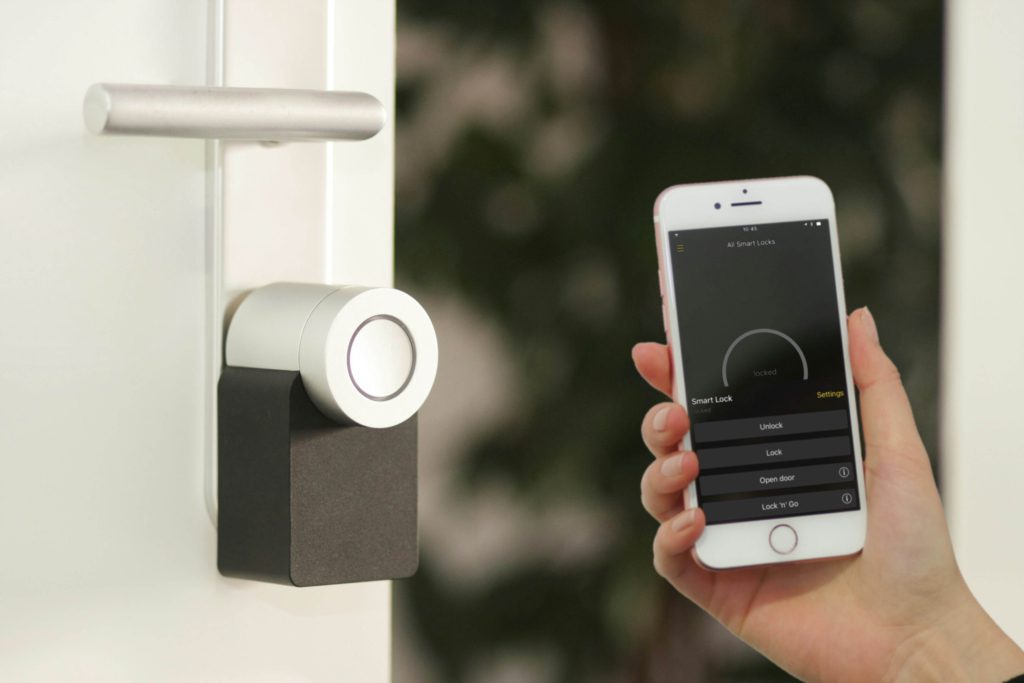
Before choosing any smart technology, you need to define the goals and needs of your project. What are the main functions and features of the building? Who are the users, and what are their preferences and expectations? How can smart technology add value and improve the user experience? These questions will help you identify the problems and opportunities that smart technology can address.

